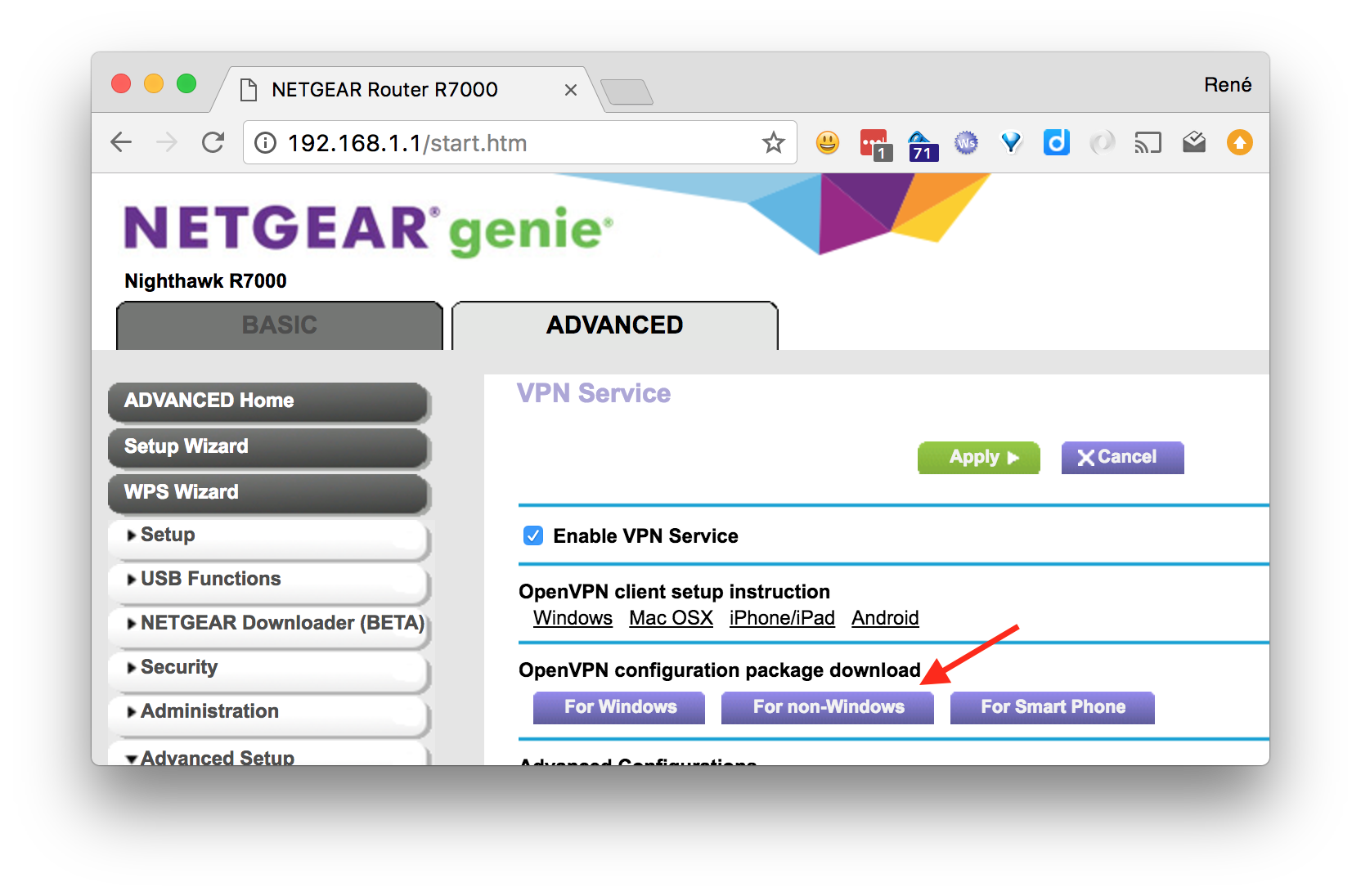
Mon Dec 1 15:52:13 2014 MULTI: multi_create_instance called

Looking at the (same) log when a client connects: Tue Dec 2 12:21:02 2014 Initialization Sequence Completed Tue Dec 2 12:21:02 2014 IFCONFIG POOL LIST Tue Dec 2 12:21:02 2014 Data Channel MTU parms Tue Dec 2 12:21:02 2014 TUN/TAP TX queue length set to 100 Tue Dec 2 12:21:02 2014 TUN/TAP device tap0 opened

add a line to /etc/network/interfaces so the changes will become persistent.sudo bash -c ‘iptables-save > /etc/network/iptables’.I’m too lazy to copy/paste, all I can say is that the default.txt –file should match the nf (use the same options).Īlso remember to set up the Linux firewall to permit packets to flow freely over the newly created tap0 and br0 interfaces:Īnd to make this information persistent/permanent: ovpn file which you can import in different OpenVPN clients. Instead of copying multiple key files to the clients, I prefer using the script from. You should now have created the user keys following the above commands/guides. Tls-auth /etc/openvpn/easy-rsa/keys/ta.key 0 Key /etc/openvpn/easy-rsa/keys/xxxx.key # SWAP WITH YOUR KEY NAMEĭh /etc/openvpn/easy-rsa/keys/dh1024.pem # If you changed to 2048, change that here! Here it is:Ĭert /etc/openvpn/easy-rsa/keys/xxxx.crt # SWAP WITH YOUR CRT NAME Also remember to change the settings mentioned in the “Final Settings in the VM” –part. It worked really well, I just changed the IP’s to match my own network configuration/subnet. Instead I followed the guide from, and the “VPN Setup” –part. I’m going to use bridging however, so step 9 and forward aren’t suitable for me. Until now, I’ve been following the guide from. (optional) use des3 encryption on the key: openssl rsa -in jocke.key -des3 -out.go to the keys directory: cd /etc/openvpn/easy-rsa/keys.
RASPBERRY PI VPN CLIENT PASSWORD
build-key jocke (leave challenge password blank and sign the certificate)

RASPBERRY PI VPN CLIENT INSTALL
RASPBERRY PI VPN CLIENT UPDATE
sudo apt-get update & sudo apt-get upgrade –y (for software).(I don’t feel like re-writing existing information). Note: This is a VERY short guide, there are urls to longer explanations in my text. So here goes – the steps for building an OpenVPN server on a Raspberry Pi. I built the server on top of Raspbian, which I’ll assume you can install by now.

Other goals was to keep the server rather secure. Port forwarding is used on the router so the vpn server is exposed to the Internet/WAN. My goals: Build a VPN Server using an existing DHCP server (router) on my internal LAN. (Mine is a modified version of this guide using server-bridge from the next link) Here are a couple of good starting points which helped me in the right direction: It’s better to be safe than sorry, so please do some reading before you build. It was a little bit more complex than I thought, but I actually got it up ‘n running in a few days. With these facts in mind, I thought I’d build my own vpn server with a Raspberry Pi. It most certainly can’t handle VPN connections either. Time for a nice little Raspberry Pi project again, this time an OpenVPN Server! 🙂 My router at home is a bit oldish and can’t handle custom firmwares like DD-WRT or OpenWrt.


 0 kommentar(er)
0 kommentar(er)
